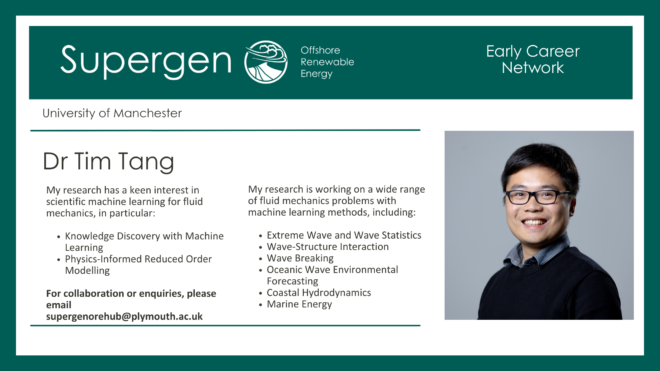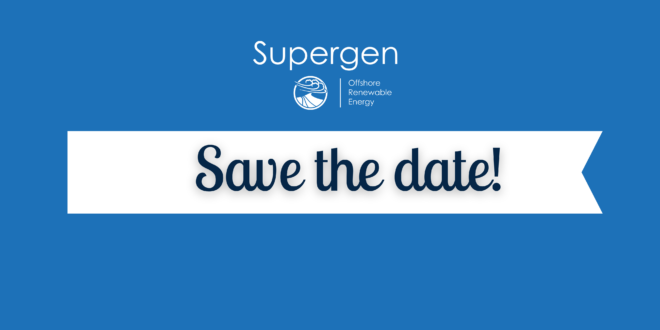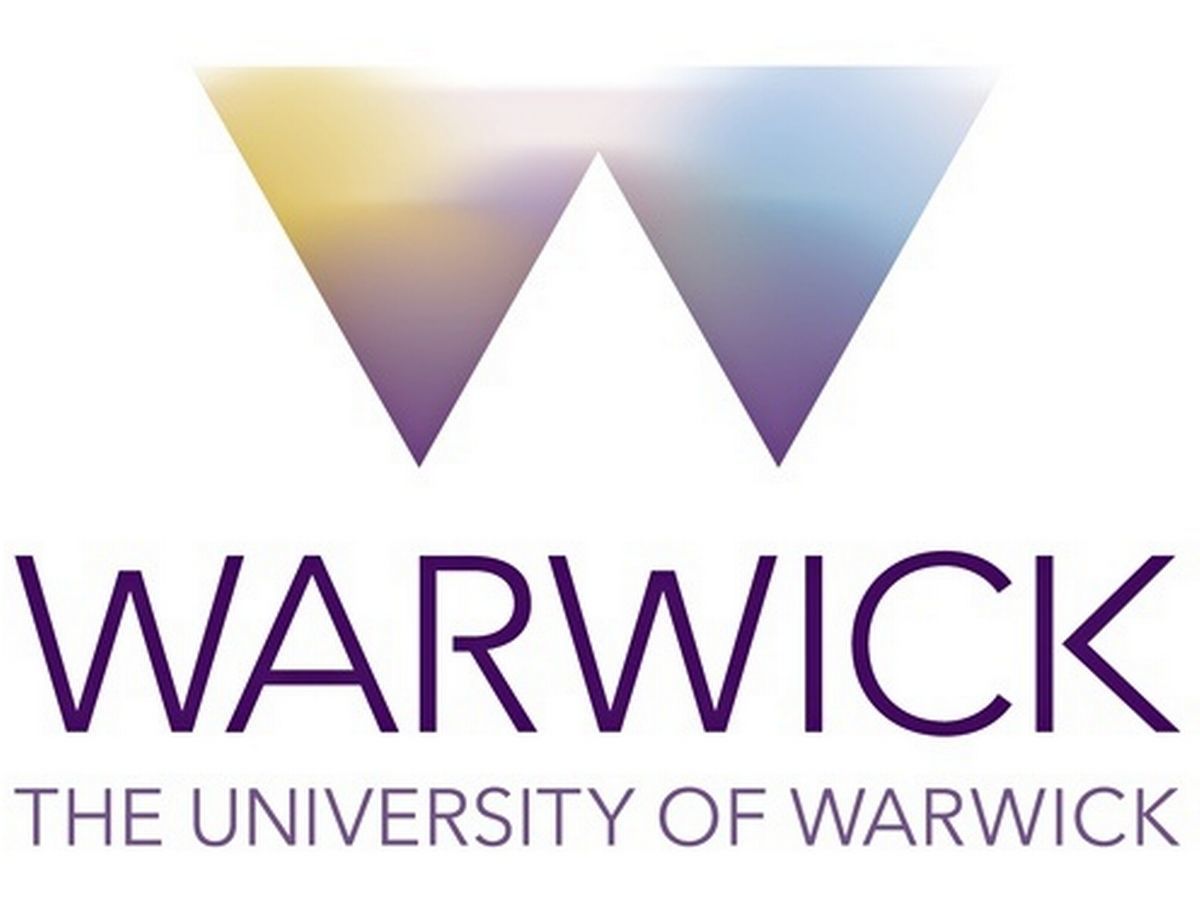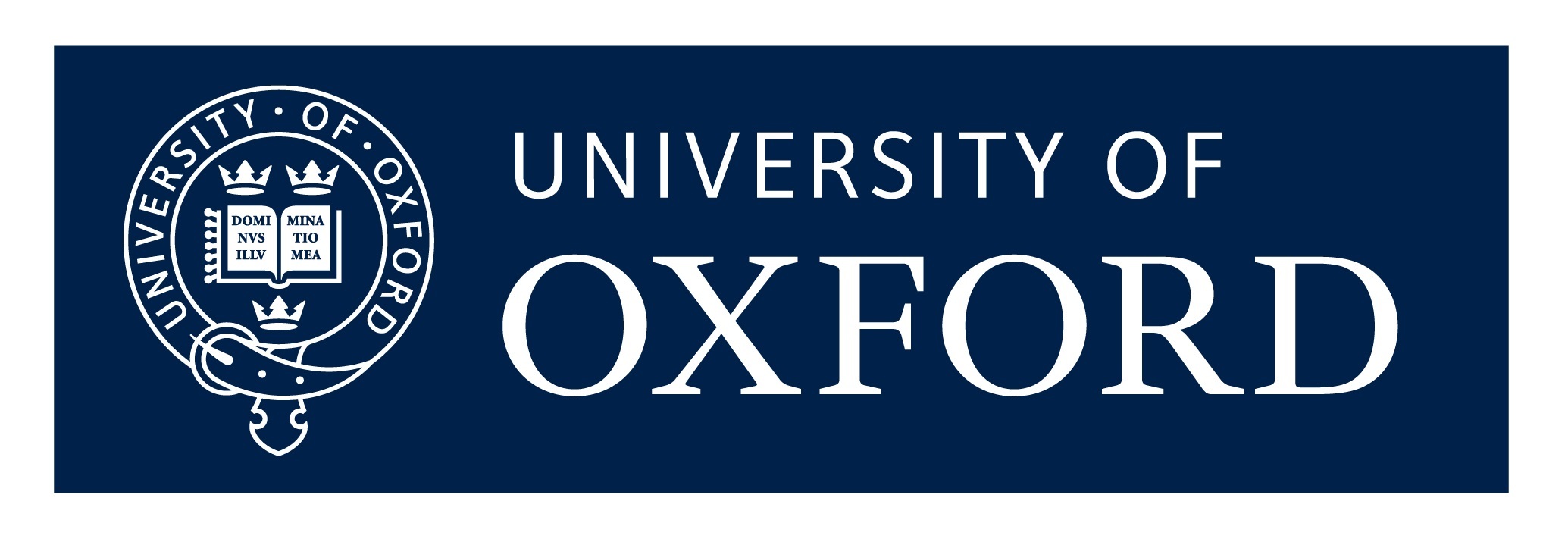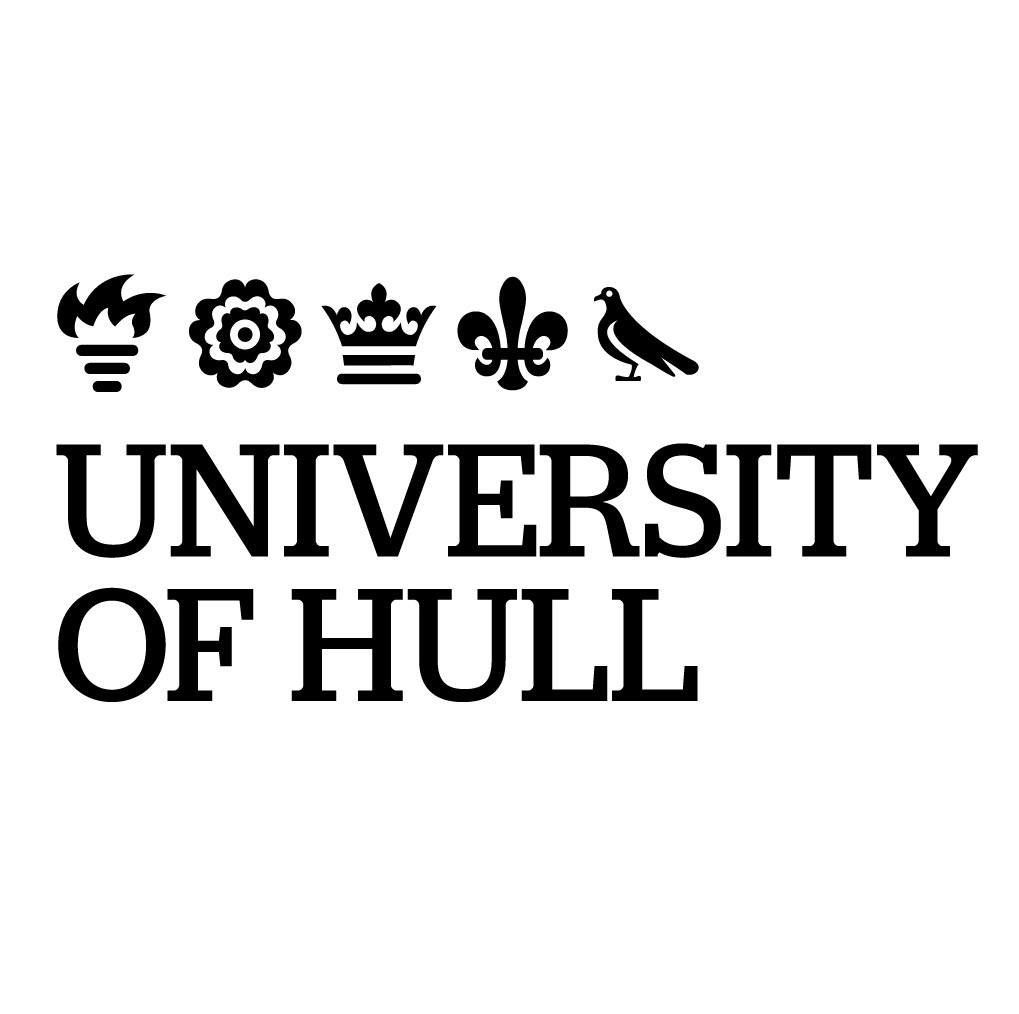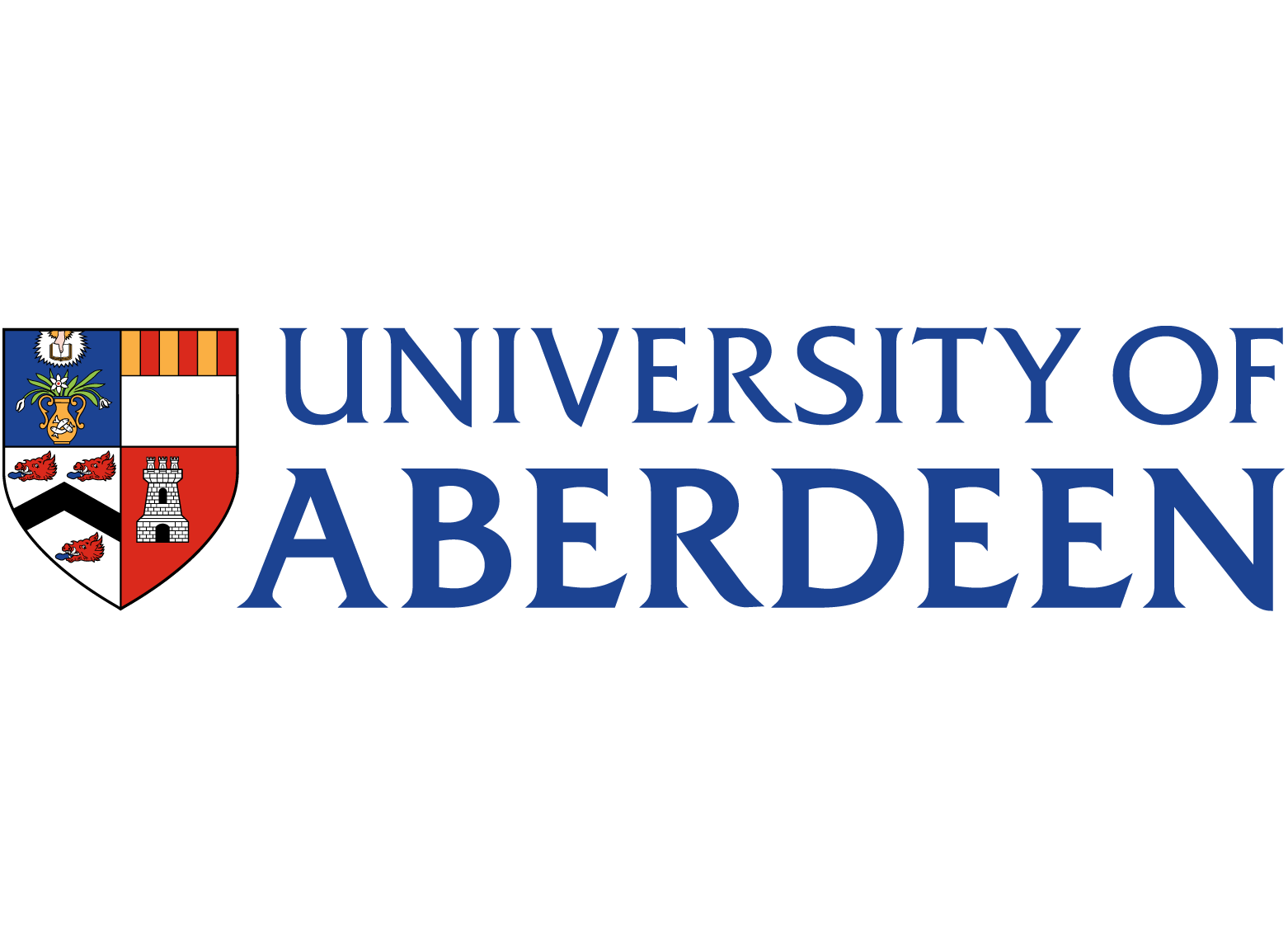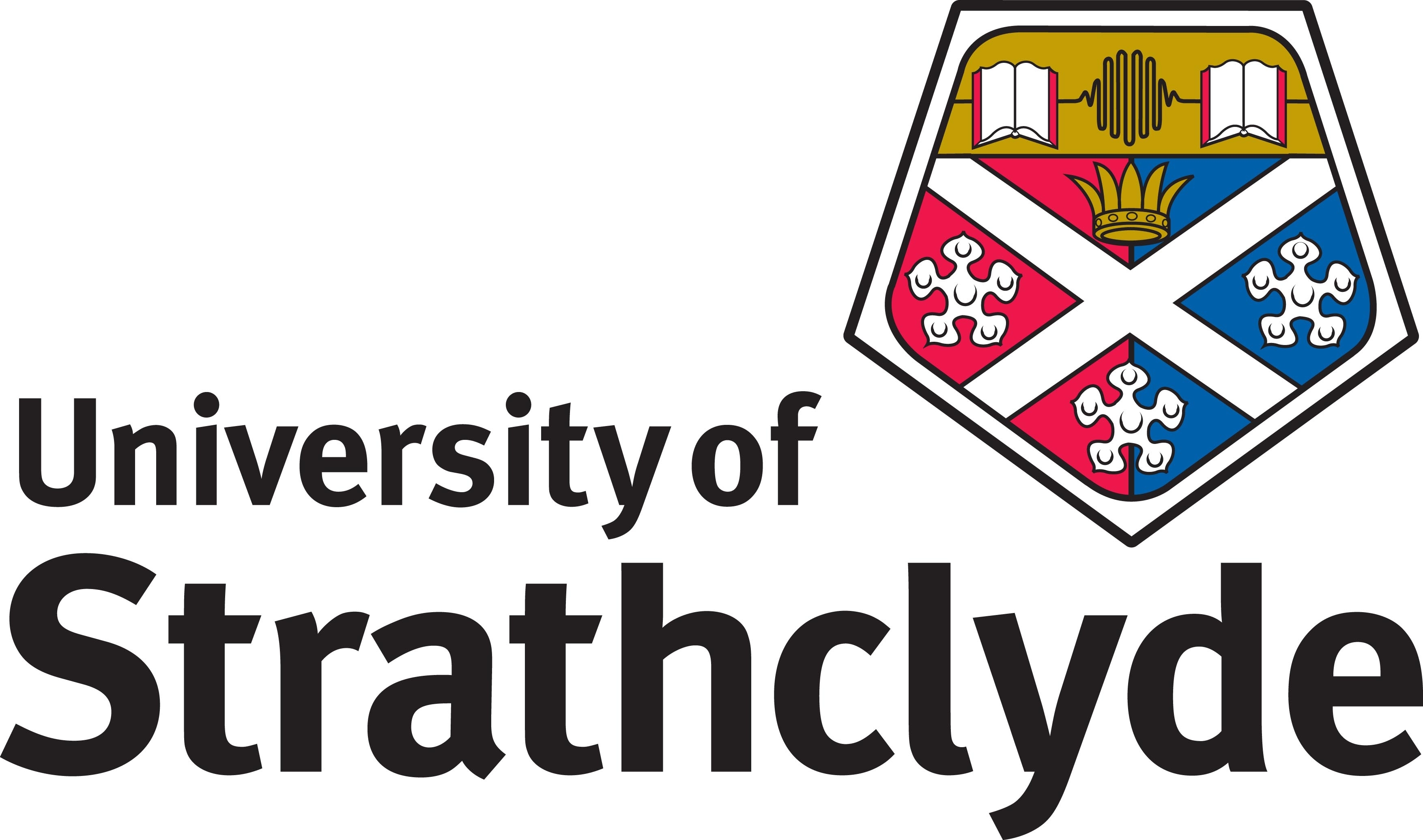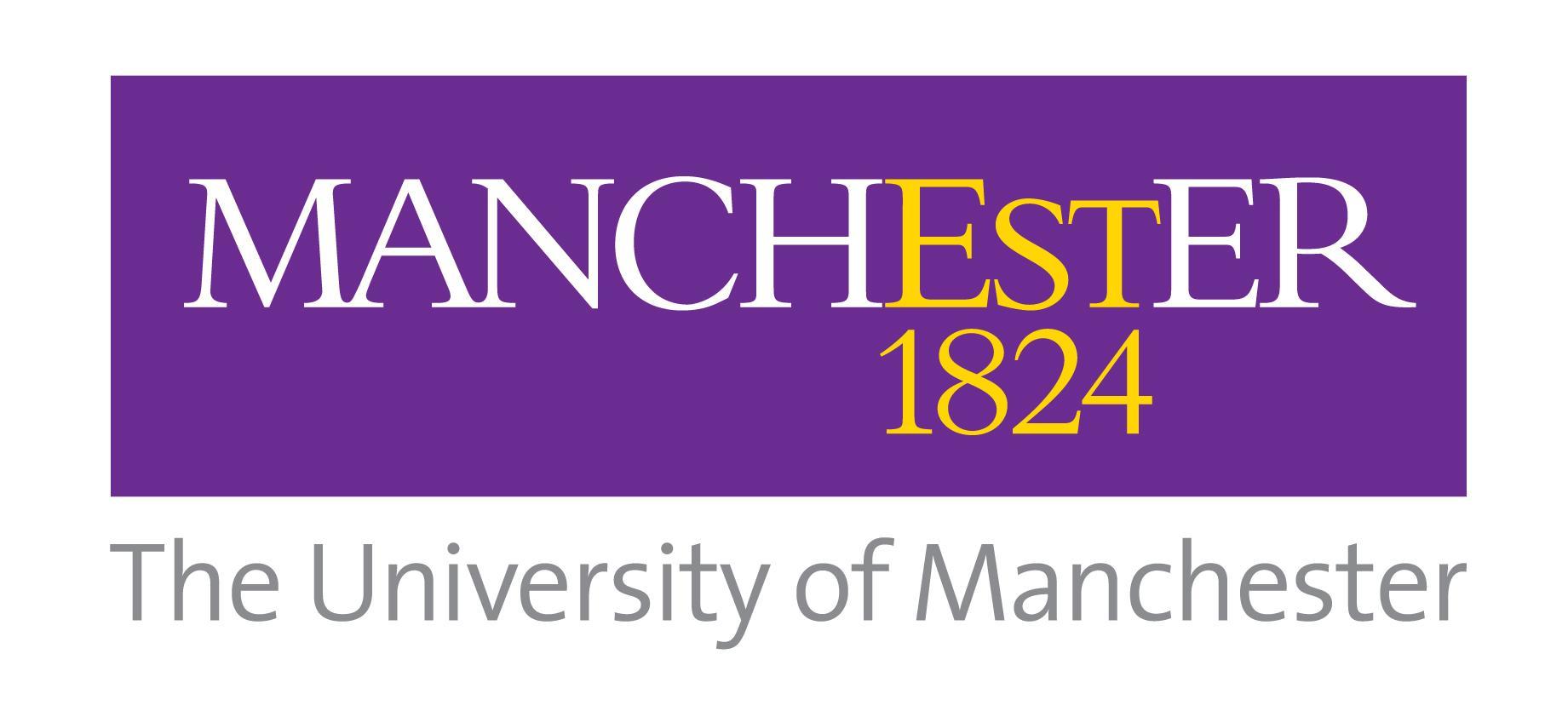The aim of this project is to refine and enhance the Oxford in-house OpenFOAM embedded actuator line method (ALM) software to allow for the modelling of non-conventional marine ORE devices. The ALM code is currently validated for conventional offshore renewable energy applications such as horizontal axis turbines. The project will benefit from a national collaboration with Dr Pal Schmitt from Queen’s University Belfast (QUB) who is an expert in both OpenFOAM programming and marine CFD simulations.
Under the project the code will be refined to develop a high-quality software, which allows modelling of blades of alternative offshore renewable energy devices such as transverse axis crossflow turbines (TACT). The numerical wave tank simulation framework, provided by Dr Schmitt will be integrated with the ALM. The software will be validated against loads and flow measurements from a fully instrumented TACT developed by the Ocean Renewable Power Company’s (ORPC), aiming to be among the first validation studies of the ALM for the numerical modelling of TACTs.
The project addresses the need for a generalisable and well documented actuator line tool for marine applications, by establishing a collaboration between an ALM and a marine CFD expert and is amongst the first validations of the ALM for crossflow turbines against experimental data.
